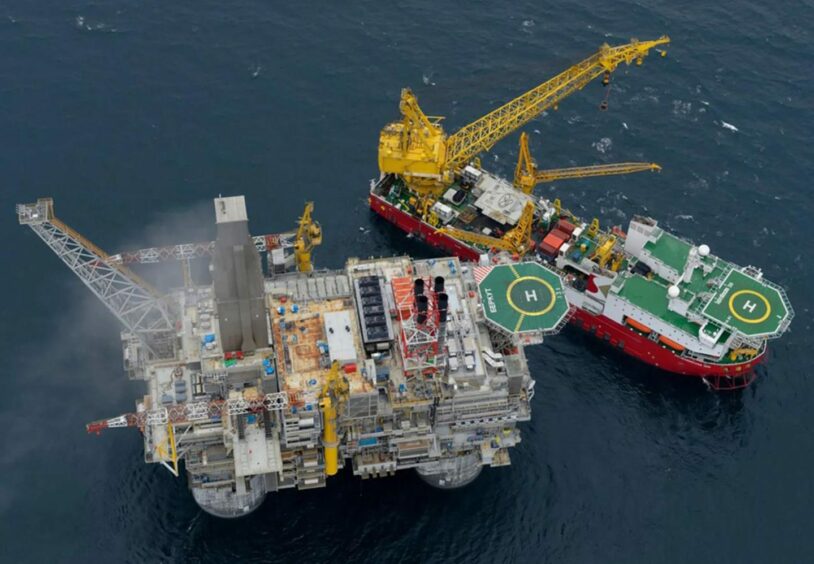Supply chain shifts back to ‘booming’ oil and gas amid poor clean energy margins – EIC
The Energy Industries Council (EIC) reports that a lack of “consistent and profitable” work in clean energy has seen the supply chain move to a buoyant oil and gas market.
Meanwhile, poor policy and slow progress on energy transition projects raises concerns that net zero commitments will be missed.
Those are findings of the seventh “Survive and Thrive” report, an annual assessment published by the global trade association which represents over 900 companies covering all energy sectors.
In its largest sample size yet, the report canvassed nearly 100 firms on the health prospects and growth strategies across the global energy supply chain.
The world’s oil and gas markets are experiencing a period of significant growth and “a return to boom times” the EIC found, representing “once-in-a-generation levels of growth and profitability” after around a decade of diminishing margins.
Yet this also shows a “sobering picture” which suggests that oil and projects are more valuable and are more likely to proceed with full funding, compared with renewable and transition technologies such as wind and hydrogen.
The findings suggest warnings made by marine contractors earlier this year that poor margins in sectors such as offshore wind would push companies back towards more lucrative oil work are already coming true.
No skills crisis yet
With high levels of activity and its perceived resilience, the report suggests oil and gas is still seen by many firms as a safe haven from more “vulnerable” sectors like nuclear, hydrogen and floating offshore wind.
The report confirms that for the seventh year in a row, exports growth remains the most difficult and least used route to expansion, with 2023 results marking “the worst ever”.
Notably, collaboration – a much-repeated mantra for the sector – appears to be decreasing as order books fill up and margins increase.
Despite much talk of a skills crisis, the EIC found that most businesses are still largely able to meet their growth plans with the current resources at their disposal. Almost none of the companies interviewed said they had had to refuse work due to skills shortages, though outsourcing among the sector has risen.
While many firms may be concerned about future talent commitments when the energy transition accelerates, for now the picture is clearer.
 © Supplied by Kent
© Supplied by Kent‘Reality check’ needed
At the same time, companies are increasingly concerned that slow progress on transition means net-zero targets are more and more at risk of being missed, leading to industry “apathy.”
Speaking to Energy Voice’s Alister Thomas in a wide-ranging interview, chief executive Stuart Broadley warned that the “gap between ambition and reality is growing every day.”
In response to these findings, the EIC called on policy makers to table urgent new approaches to either reinforce net-zero commitments or “accept the reality that targets will be missed” and look to minimise the damage done.
“The much lower levels of funding for green projects, compared to hydrocarbons, highlighted in this report, is having direct impact on energy supply chain businesses. They are not seeing enough renewable and transition related work cascading down into their order books. They can’t wait for policy pledges anymore, so they look to more active markets like oil and gas to support their growth plans,” Mr Broadley said.
“This is such a lost opportunity. The supply chain wants to be part of, and to drive, net zero solutions, but opportunities just aren’t there, in anything like enough volume or profitability.
“It’s high time for a reality check. We ask governments and energy policy makers to act now, to bring stakeholders together to address this energy policy crisis, to re-ignite funded demand for clean energy products and services, and to provide the right policy environment that encourages investment, innovation and the seeding and rooting of future, world-class, green-technology exporting businesses.”
You can access the complete Survive & Thrive report via the EIC website.
Recommended for you
